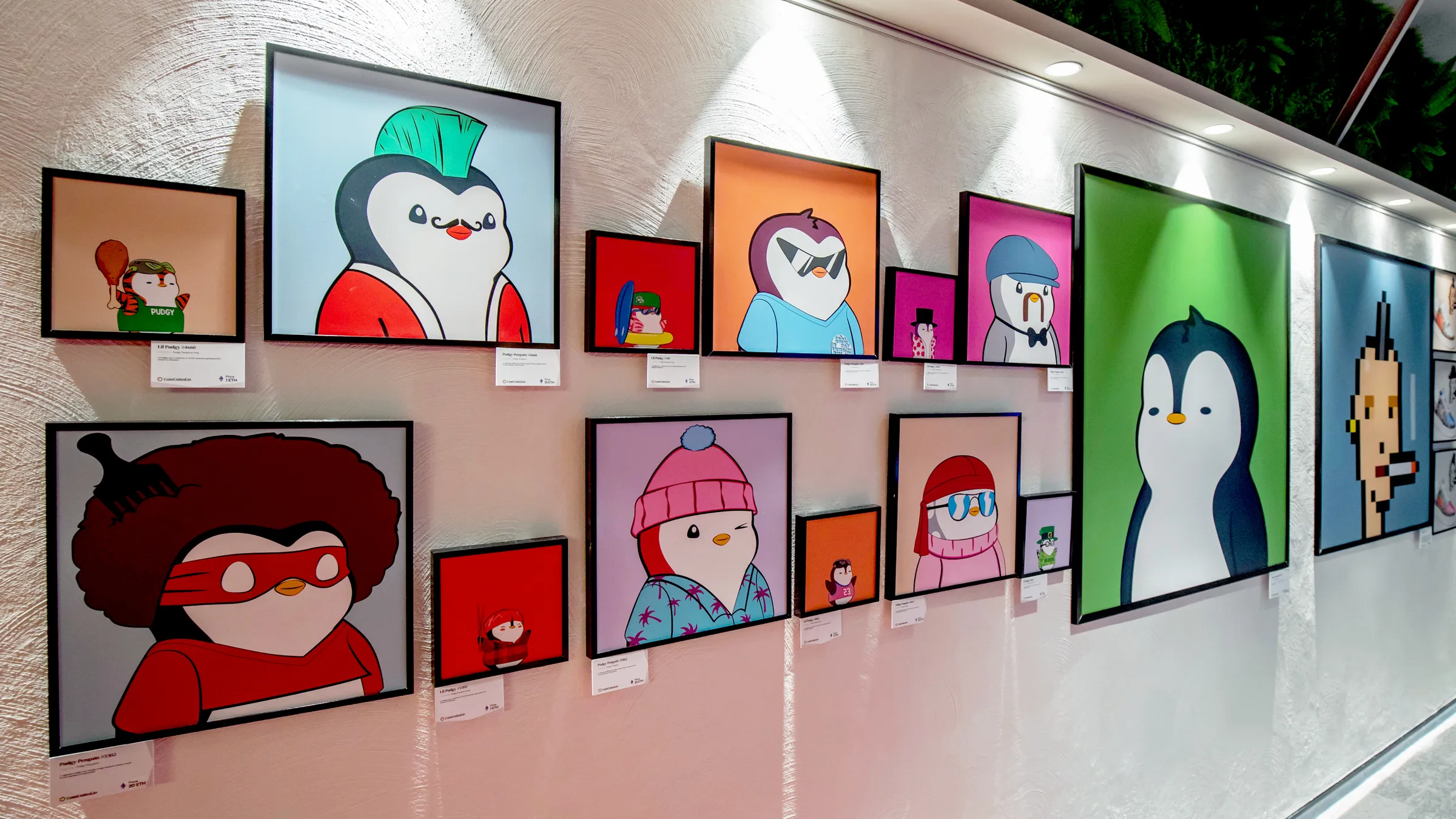I suggest checking your wifi if you haven’t heard of NFTs or NFT art. A lot of people have been talking about NFT recently. So much so that it has almost completely shut down the internet. TikTok, Twitter, and even CNN News covered the trending issue. All are leaving millions of people wondering, “What is it, and how can I make it work for me?”
Its recent surge in popularity has shown great potential for transforming the artistic world. As a designer, the question is always, “What’s in it for me?” To start, let’s define some terms.
NFT Art Entails What?
You can’t hold or even see an NFT, but you can own it because it’s a digital asset. An NFT can be anything easy to save digitally, including artwork, articles, music, and even memes.
What does the acronym NFT refer to? You should probably know what a “Fungible Token” is before proceeding.
Our primary concern is how this innovative online platform for selling artworks will influence artists who offer NFT animation services and the creative economy.
Why Should Creators Care About NFTs?
Who Owns Digital Artworks? Cryptocurrency is the first decentralized digital currency that allows us to own something only available in a digital form truly. We shared videos and motion graphics, reusing them and uploading them online, but we only had the option of claiming full, legal ownership of a digital file or piece of art just now. The development of NFTs alters this, giving creators the freedom to offer NFT animation services. Something they can rent out, sell, or show digital works of art in any way they see fit.
Designers must get “legal” ownership of their creations to sell them. So, once a piece of NFT art is finished, it is “minted,” or tokenized, on the Blockchain cryptocurrency platform. To keep track of who owns what works of art and when they were created, the Blockchain, a digital transaction system that preserves information in a way that makes it exceedingly impossible to hack or trick, is invaluable.
- A Creative Means Of Making Money
NFT art is a novel classification scheme for digital artworks that enables creators to earn a living from their craft. It’s meant to be a more streamlined and convenient method for designers to generate output and get paid for their efforts. There is no need to follow up with clients to collect a payment, make print-ready files, wait for feedback, or edit and revise work based on what a client wants.
- International Scope
The previously exclusive and illustrious world of art collecting and selling has typically taken place in real locations and involved actual works of art. Due to the proliferation of NFT trading, art collecting has shifted online, giving previously underserved artists worldwide a greater chance to sell their creations.
NFT platforms, much like social media, give creatives instant access to an international audience. Artists with a sizable online fan base will easily break into the NFT industry. The challenge for designers is figuring out how to turn their viewers into purchasers. You need to locate your demographic and study what makes them tick like any other brand.
- Leaving A Large Impact On The Environment
The environmental impact of the NFT art world is a point of contention.
It should be no surprise that NFT artworks require so many resources that concern many designers. But this problem isn’t exclusive to the market for crypto art; it’s part of a more significant problem with the digital method of “proof of work.” Proof of work has been around since the early 1990s, but it has recently become widely employed in cryptocurrency mining to create and mint tokens like bitcoin and Ethereum. Powerful computers compete to mine the most bitcoin, using massive energy.
This environmentally damaging procedure is necessary for designers hoping to sell their work as NFTs. However, developments of greener solutions are progressing as bitcoin maintains its dominant position in the cryptocurrency market.
To What Extent Can We Expect The NFT Art Market To Thrive Over Time?
We can’t say for sure. There was a 70% drop in NFT prices in April. But with so much potential, it seems unlikely that NFT art will fizzle out anytime soon.
This is not a fad. And we are on our way into a 75% digital age for the last decade. This is just the next thing to become familiar with. As a graphic designer, most of my output is intended for print in some form. However, it is always done digitally, so not making an NFT feels like a failure. This is the case for many creative minds. The promise of the NFT world is too great to let it fail.
Artistic NFT Recap
The market for crypto or NFT artwork has the potential to revolutionize the entire creative business. And its recent development is likely the start of something that, in the far future, will seem commonplace. However, the original NFT art scene must be a safe and welcoming place. Mainly to market and sell digital artworks. We’re keeping a watch on the situation in the hopes that the tide may change in the designers’ favor.

